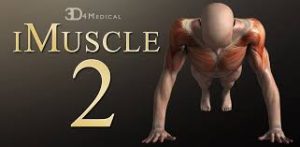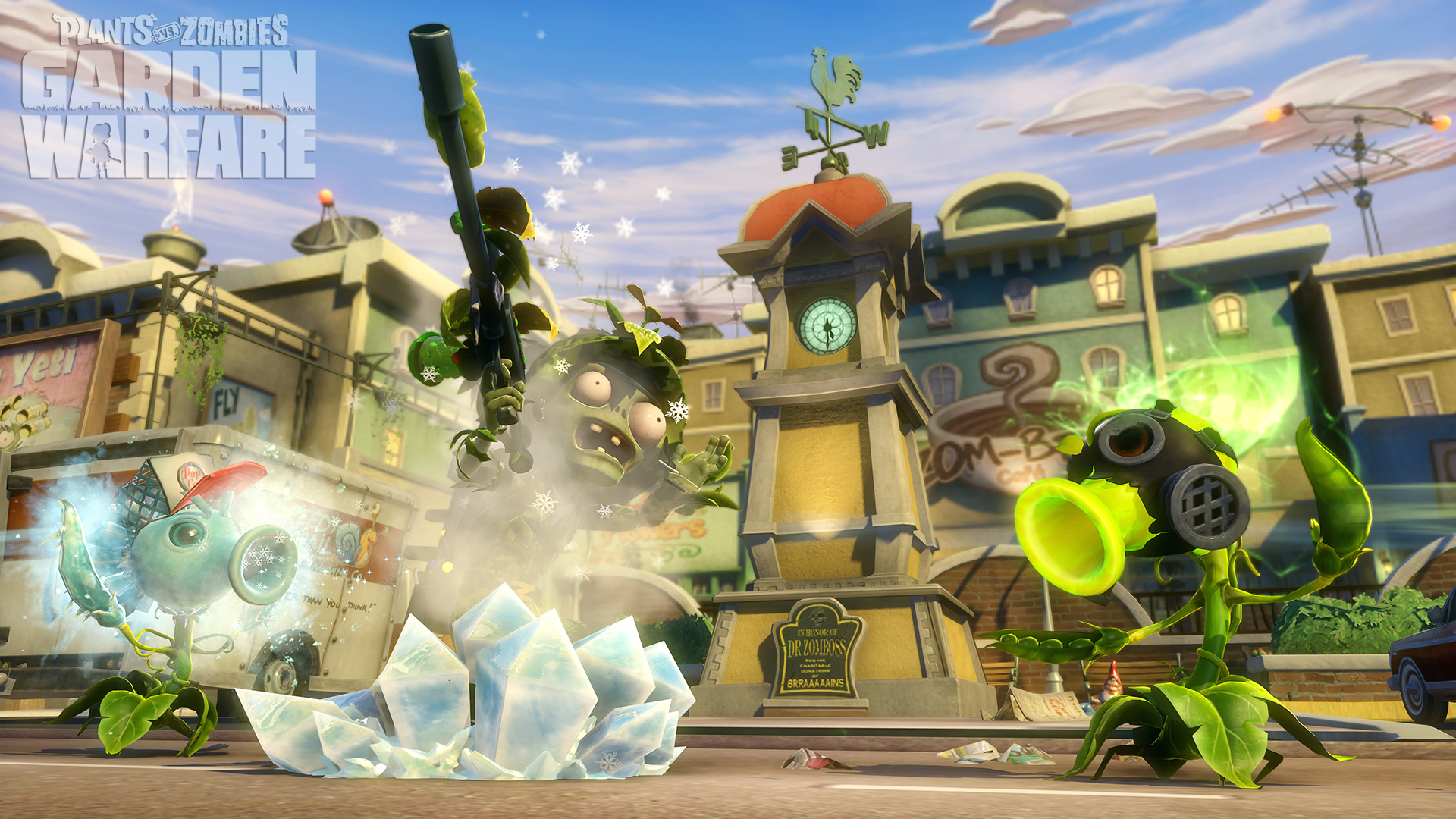
Induction of the cooling response is thought to be caused by increased sarcoplasmic reticulum (SR) Ca²⁺ release in conjunction with decreased SR Ca²⁺ reuptake (Horiuti, 1988). It is now recognized that this cooling-induced contracture is caused by elevation of the intracellular Ca²⁺ concentration (i) (Kurihara et al., 1984), and also that cooling increases tension in chemically skinned rabbit extensor digitorum longus muscle (EDL) fibers (Sudo et al., 1987) and in rat skeletal muscle where cold-induced tension generation in the slow-twitch soleus far exceeds that in the fast-twitch EDL (Hill, 1972) in vitro. Furthermore, subsequently returning the temperature toward “normothermic” induces relaxation and this cyclical behavior was found to be reversible repeatedly with further cooling-warming cycles. In particular, Conway and Sakai found that lowering the temperature of turtle and frog skeletal muscle reduces the concentrations of caffeine or potassium sulfate required to produce contracture (Conway & Sakai, 1960). In skeletal muscle, it has long been known that decreased temperature induces muscle contraction (Conway & Sakai, 1960 Sakai, 1986) and the contraction is observed in vitro at 4☌. Temperature is one of the most important environmental factors that directly affects biological reactions. Herein we demonstrate the spatial and temporal relationship between cooling-induced i elevation and muscle contractile force in vivo and the plasticity of these responses with CICR promotion and inhibition. Conversely, 25.6 mM procaine lowered the temperature at which i elevation and tension were detected to ~2☌ ( p < 0.05).

Caffeine at 1.25 and 5.0 mM reduced the magnitude of cooling necessary to elevate i (i.e., from ~5☌ to ~8 and ~16☌, respectively, both p < 0.05) and tension. This i elevation differed in magnitude from fiber to fiber and also from site to site within a fiber.

Lowering the temperature of the muscle surface to ~5☌ produced active tension and discrete sites with elevated i. Caffeine (1.25–5.0 mM) and procaine (1.6–25.6 mM) loading were applied in separatum to evaluate response plasticity by promoting or inhibiting CICR, respectively. The magnitude, location, and temporal profile of i were estimated using fura-2 loading. Progressive temperature reductions were imposed on the spinotrapezius muscle of Wistar rats under isoflurane anesthesia by means of cold fluid immersion. In this investigation, we tested the hypotheses that a rise in intracellular Ca²⁺ concentration (i) and concomitant muscle contraction could be evoked in vivo by reducing muscle temperature and that this phenomenon would be facilitated or inhibited by specific pharmacological interventions designed to impact Ca²⁺-induced Ca²⁺-release (CICR). It is an open question as to whether cooling-induced muscle contraction occurs in the in vivo environment.


 0 kommentar(er)
0 kommentar(er)
